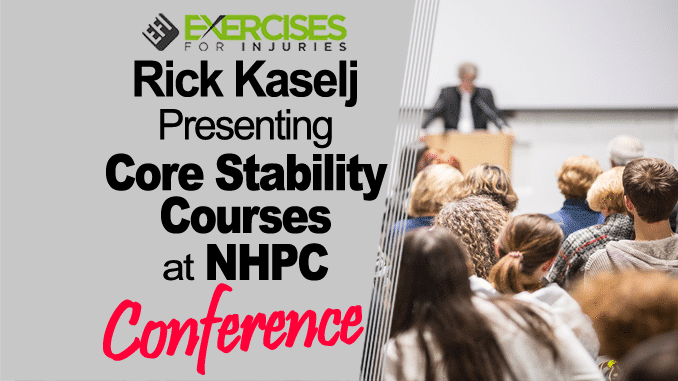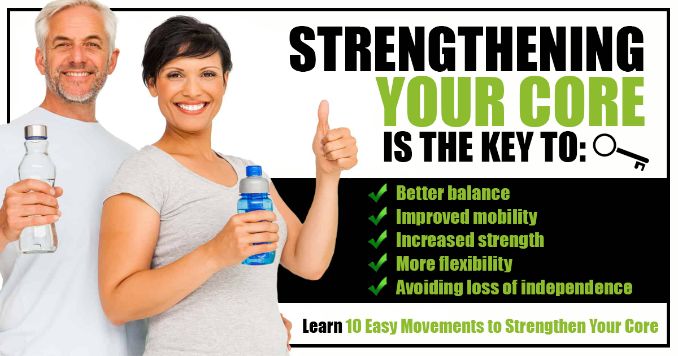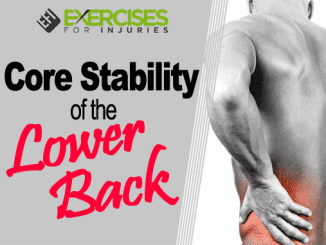
What is Core Stability?
Core stability courses help workers in extremely physically demanding roles avoid common injuries from lifting and moving heavy loads; squatting, bending, twisting, reaching; crawling, and keeping balance while working at heights. They also provide general strength training, which can reduce the risk of injury from everyday activities like lifting heavy bags or climbing stairs. Core stability courses aren’t just beneficial for those in serious lifting roles. They also significantly improve posture and how the body reacts to stressors, such as sudden movements or impact from falling or collisions.
When it comes to keeping in shape, there are plenty of options for creating a routine that works for you. Whether you enjoy running, cycling, or strength training, there’s an activity that will suit your personal preferences. However, some methods of staying healthy and fit stand out above the rest as particularly effective and beneficial. Core stability training is one of these effective routines. A strong core can benefit virtually every aspect of your life by improving posture, reducing back pain, improving balance, and significantly reducing the risk of injury from almost any other physical activity.
Here is a quick video from the NHPC Conference.
Enjoy!
Rick Kaselj, MS
Rick Kaselj Presenting 4 Sold Out Core Stability Sessions at the NHPC Conference in Edmonton
These sessions are designed to educate conference attendees on the importance of core stability and how to achieve it through various exercises and stretches.
CLICK HERE to watch the YouTube video.
Here are other pieces of information about Core Stability.
Importance:
The core of your body consists of your abdomen and lower back. It also includes your hip muscles and the muscles in your upper back and shoulders. The mid-section is the center of your body and is responsible for supporting and stabilizing the rest of your body. This is especially important for your back since your spine is sensitive to any changes in weight. A strong core is crucial for protecting your back and helping your posture. In addition, your core is responsible for almost all your movements. If you want to improve your quality of life and feel confident in your body, you need to strengthen this part of your body. A strong core also helps prevent injuries and improves athletic performance. You will be able to lift heavier weights and see better results in your everyday activities.
What do you gain from this conference?
You have the opportunity to network with like-minded individuals, learn new things, and exchange ideas. Conferences are a great way to stay up to date with happenings in your industry and meet potential partners, clients, or collaborators.
You will also know that there are methods of core stability training. These are:
- Bodyweight exercises. Many of these are also great for building strength in your legs and hips.
- Lift heavy – If you want to develop a stronger core, heavy lifting is a great way to go. Lifting heavy weights is a great way to work out your core.
- You were standing up straight. By standing with your feet together, knees slightly bent, and hands on hips, you will engage your core and improve its stability.
- Posture is an often overlooked component of core stability training. When you stand up straight, you engage your core muscles.
- Take a break. Doing this feels you more comfortable and determined.
- Relaxing. Taking time out can give your body time to rest and recover from exercise.
Core stability is a crucial component of many other forms of exercise. Even if you aren’t focused on this, it can help you stabilize your back, improve your posture, and decrease the risk of injury. It can also help you maintain good form when doing other motion exercises and weight lifting. The most important thing to remember is that once you begin to work on your core, your entire body improves!
Take care!
Rick Kaselj, MS.






